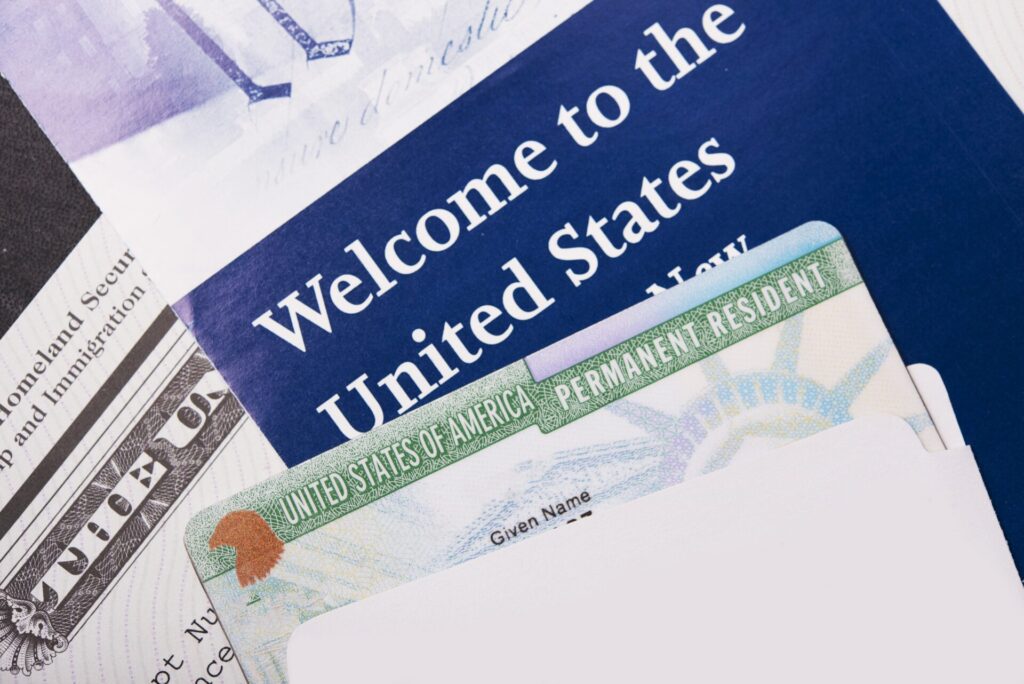Creating a trust can be one of the most effective ways to minimize estate taxes and make it easier for your beneficiaries to receive their inheritance. If you’ve read anything about trusts before then you know that you can transfer assets into the trust so they can be distributed to your beneficiaries later.
But how does this transfer of assets work? This seems to be an often overlooked part of running a trust. Perhaps other attorneys think it is self-explanatory. But we’ve noticed that this isn’t something many clients understand intuitively, so we decided to dig into the process to clear away any confusion or misunderstandings there are.
We’ll start by looking at how you can distribute trust assets to your beneficiaries. From there we’ll move into relevant information such as how long it takes to distribute trust assets and what happens when a trustee fails to distribute assets as they were supposed.
How Do You Distribute Trust Assets to Beneficiaries?
There isn’t any kind of standard way to distribute assets from a trust. The grantor, which is the person that created the trust, will determine how the assets will be distributed by including it as part of the trust agreement when it is first created.
Before we look at the options for ways to distribute trust assets, it is important to take a moment to understand what this means. It might not sound particularly important but choosing the way that assets are distributed is one of the many powerful reasons why you should consider starting a trust if you haven’t already done so. They are incredibly useful tools and there is a lot of room for customization so your trust can provide for your needs while somebody else’s may function quite differently based on their own.
The ways of distributing trust assets are:
- Outright Distribution: Outright distribution means that your beneficiaries would receive trust property directly without any kind of restriction. The trustee could write them a check, hand them cash, draw up a new deed to transfer real estate, or sell property to provide them with the proceeds. It is the most straightforward distribution of trust assets but it also is the least protected since the beneficiaries have immediate access to all of the assets passing to them and this can allow them to spend it quickly. This option is best selected if your beneficiaries already have a good understanding of how to handle money.
- Staggered Distribution: In contrast to outright distribution, staggered distribution can offer better protection for beneficiaries because it can be designed to only release over time based on a set of rules you put into place. For example, you may set it so assets are only distributed monthly or yearly; or you can base it upon life events, like when the beneficiary turns eighteen, when they get married, or when they have children of their own.
- Discretionary Distribution: This type of distribution is typically selected when dealing with a special needs trust. This is a type of trust set up to help provide a loved one with special needs the resources they need to pay for their care. Events can arise at any moment, such as injuries or medical complications, plus the beneficiary lacks the necessary skills to look after the assets themselves, so a discretionary distribution is the right choice because it allows the trustee to determine what assets should be distributed and when. Since the beneficiary can’t look after themselves, the trustee has the responsibility of looking out for them and making the final decisions about how to best use the trust’s assets to provide for their needs.
How Long Does It Take to Distribute Trust Assets?
This is a harder question to answer than it at first appears. Some trusts, like special needs trusts, are designed to last for a long time. In theory, a trust of this sort could last for an entire lifetime and distribution of the assets therein would happen at the trustee’s discretion throughout that period.
But it is far more common for a trust to be designed to last during your lifetime with the assets being distributed upon your passing. While this is the more common approach, there aren’t any real specific guidelines as to how much time it takes. The law may require that assets be distributed in a reasonable timeframe but what counts as reasonable?
If you have a rather small and straightforward estate, reasonable may be a couple of months. But a more complicated estate may delay the distribution of trust assets by many months or even sometimes years.
In general, the trustee is responsible for reviewing everything in the trust, making sure that the assets are properly appraised, as well as filing and dealing with any taxes. There is often a window of time in which a beneficiary can contest a trust and since a contested trust cannot distribute assets this is another thing that could slow the process down.
What Happens When a Trustee Withholds Money from a Beneficiary?
While we mentioned that outright distribution had a lack of protections, it’s important to note we were speaking about the beneficiary spending the money too quickly.
A trustee has a legal responsibility to act in the trust’s best interests and this means that they are not legally allowed to distribute assets or withhold assets if doing so would go against the grantor’s stated wishes.
A beneficiary of a trust can take legal action against a trustee in probate court in order to obtain a full trust accounting, force the trustee to make a distribution, or they could have the trustee removed. This can get rather expensive, but it is sometimes necessary to take action to protect your inheritance.
Do I Need an Attorney?
You shouldn’t need an attorney in order to distribute assets from a trust but one may be necessary, especially if the trustee is acting in a suspicious manner. Working with an attorney can be expensive, but if you’re at risk of losing a significant amount of your inheritance then it is a price worth paying. An experienced attorney can help you fight to keep what’s rightfully yours.









